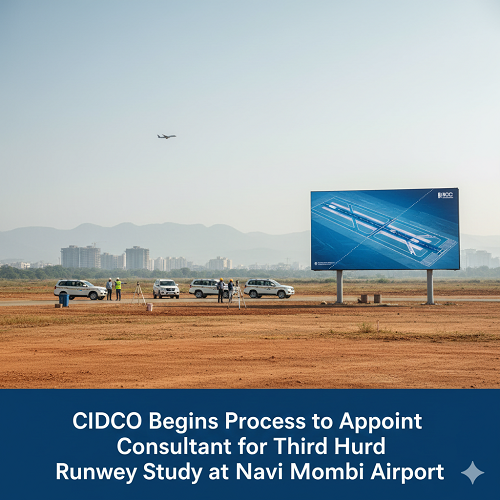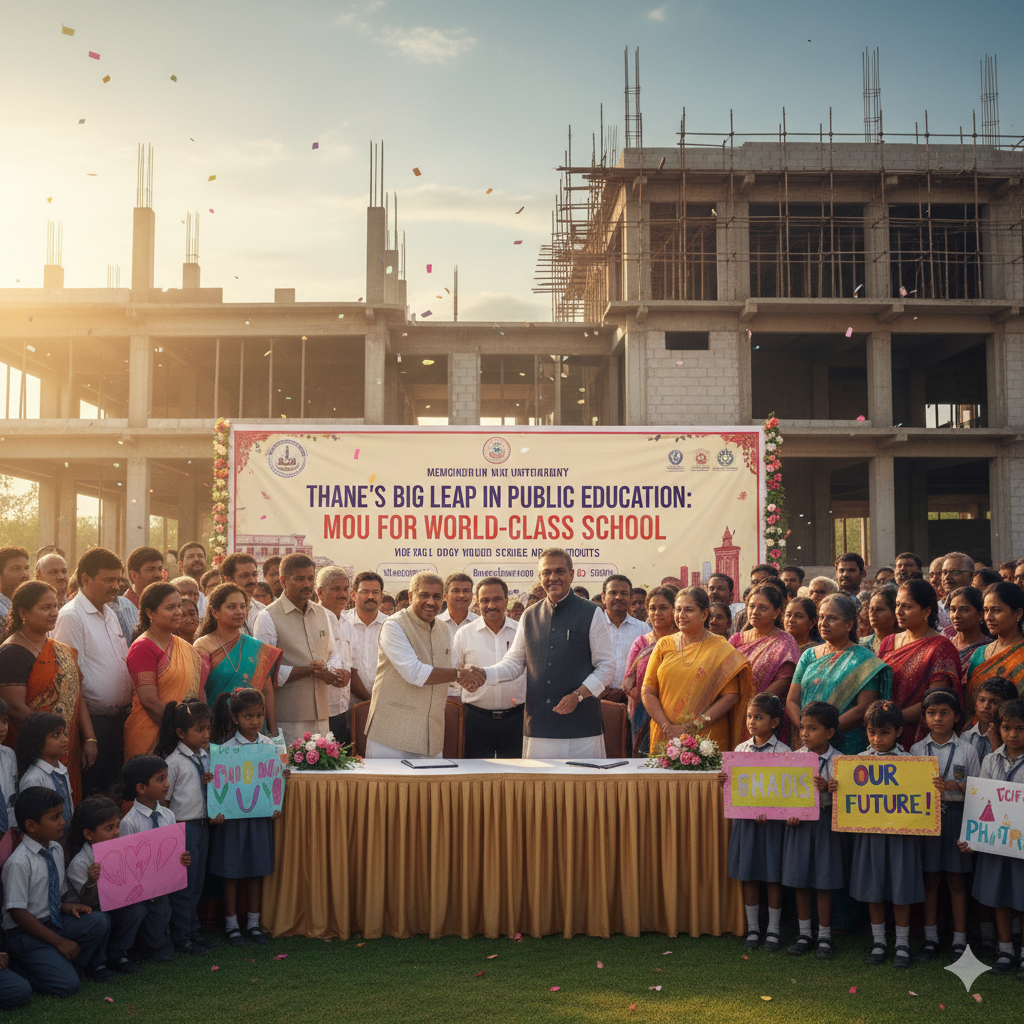
When Concrete Meets Clean Air: MPCB-BMC’s Push for Responsible Urban Construction
Cities breathe through their construction sites. The rhythm of growth often comes with the haze of dust — a paradox Mumbai knows too well. As the city reshapes its skyline, a quieter but significant conversation is unfolding between concrete mixers and clean air. The Maharashtra Pollution Control Board (MPCB) and Brihanmumbai Municipal Corporation (BMC) have stepped in to redraw the line between progress and public health.
In a recent joint review meeting chaired by MPCB Chairman Siddhesh Kadam and Municipal Commissioner Bhushan Gagrani, both agencies agreed that Mumbai’s construction boom cannot come at the cost of breathable air. The two bodies have now introduced a key threshold — if a Ready-Mix Concrete (RMC) plant occupies more than 70% of a construction site, developers will be required to relocate it. The move is simple in intent but powerful in implication: space for growth cannot mean suffocation for citizens.
RMC plants are indispensable to the city’s rapid urbanisation. They bring efficiency and uniformity to modern construction. But when these plants function in tight, congested sites, often without adequate dust control, they become silent culprits in Mumbai’s air pollution story. Cement dust lingers, coating nearby homes, vehicles, and lungs alike. The MPCB’s crackdown is not an anti-development move; it’s an attempt to make growth more accountable.
Dust, Data, and Discipline
During the review, officials highlighted that road dust and vehicular emissions together contribute nearly 30% of Mumbai’s air pollution. The civic administration now plans to tackle both — from exhaust to excavation. Every construction site, like every demolition site, will soon be required to install wheel-washing facilities at exit points to stop dust from spilling onto city roads. It’s a small step that could save millions from chronic respiratory discomfort.
A New Construction Ethic
The BMC has already listed 28 air pollution control measures, including mandatory green nets, regular water sprinkling, and full coverage of vehicles carrying construction material. These aren’t new ideas — but what’s new is the intent to enforce them rigorously. Between January and September 2025, over 8,000 construction sites faced show-cause notices for non-compliance, and 3,458 were issued stop-work orders. It’s a number that speaks to both the scale of Mumbai’s construction and the seriousness of its pollution problem.
Winter Is Coming — and So Are Restrictions
Every winter, Mumbai’s air turns heavier. With lower wind speeds and higher particulate matter, pollution lingers longer. Anticipating this, the BMC has banned wood burning and bonfires at construction sites during the cooler months — a seasonal measure aimed at keeping the air cleaner when it matters most.
The Way Forward
At the heart of this crackdown lies a shift in thinking. The message is clear: compliance is not bureaucracy, it’s responsibility. Air quality cannot be treated as a by-product of growth; it’s an essential measure of it.
When civic bodies act with data and determination, and when developers treat environmental compliance as part of construction, not an afterthought, the city wins twice — in its skyline and in its skies.
Mumbai is learning to build smarter — not just taller.





